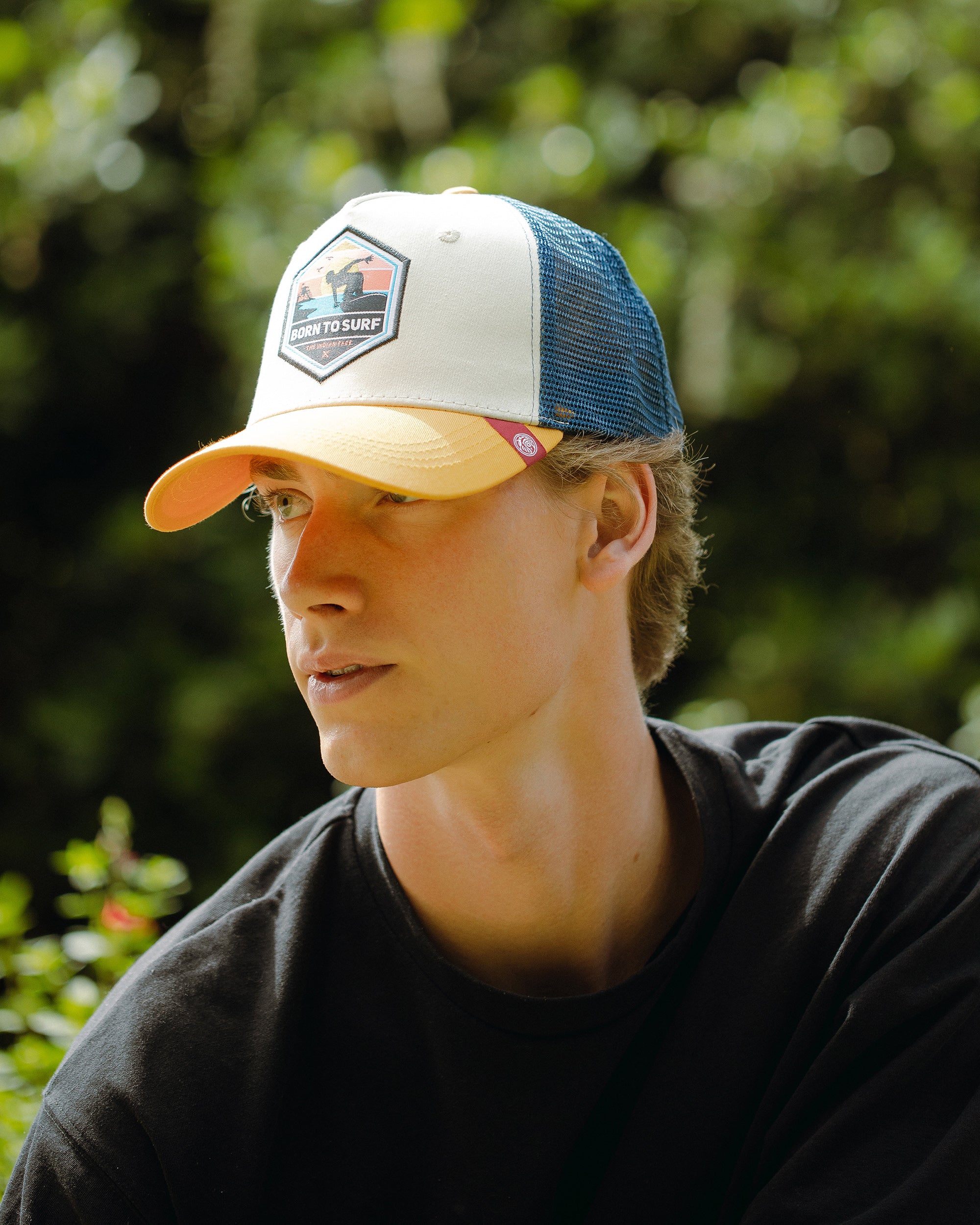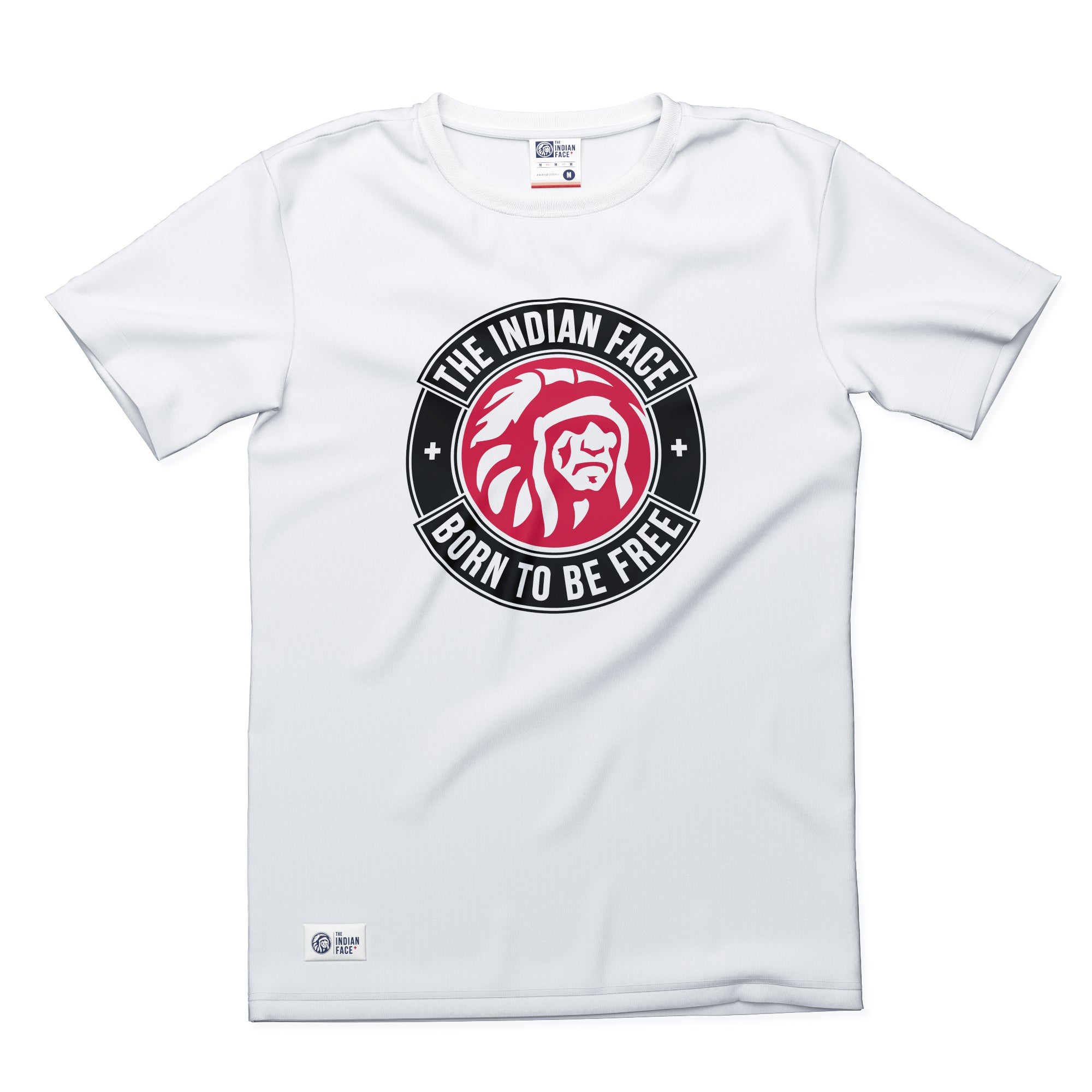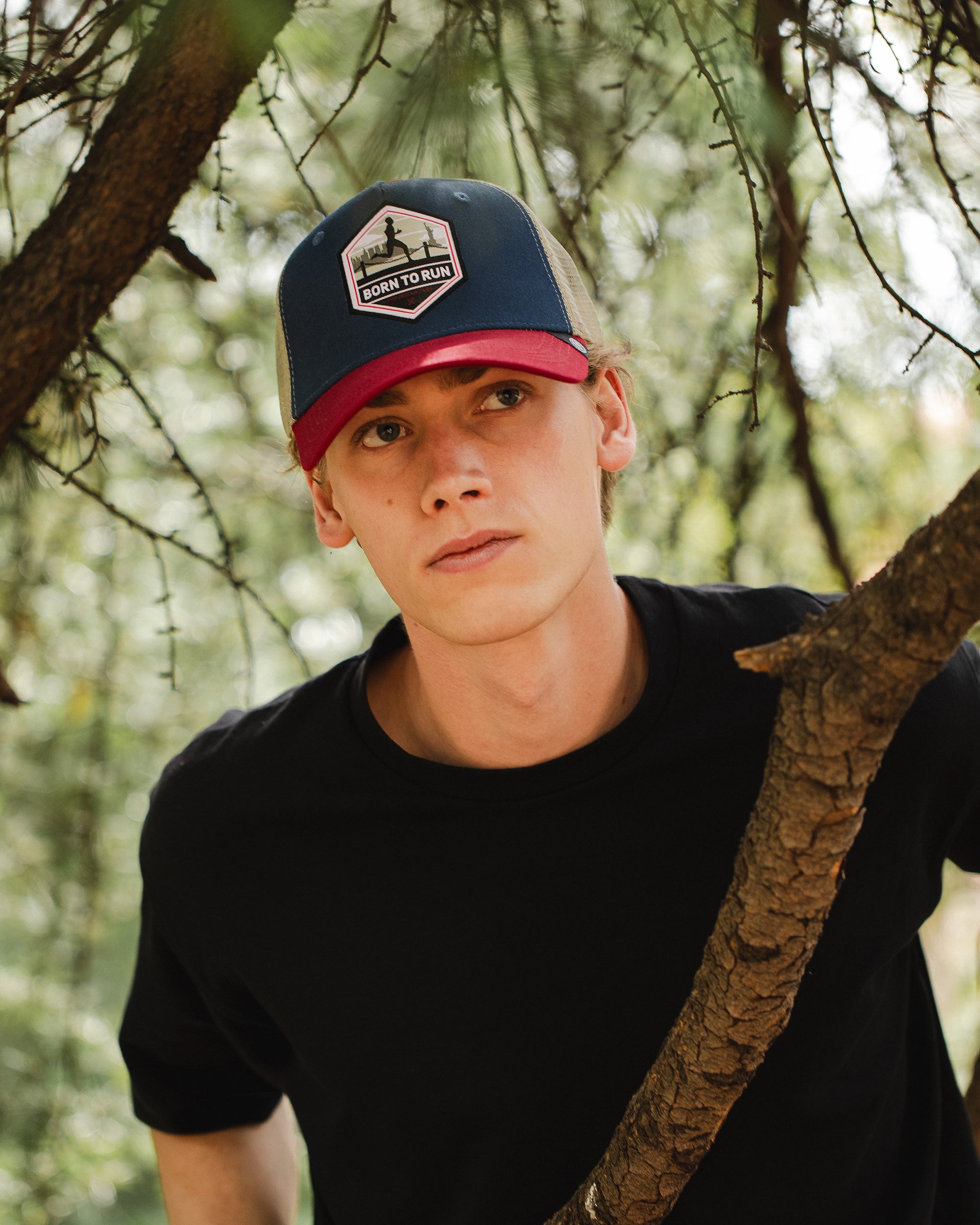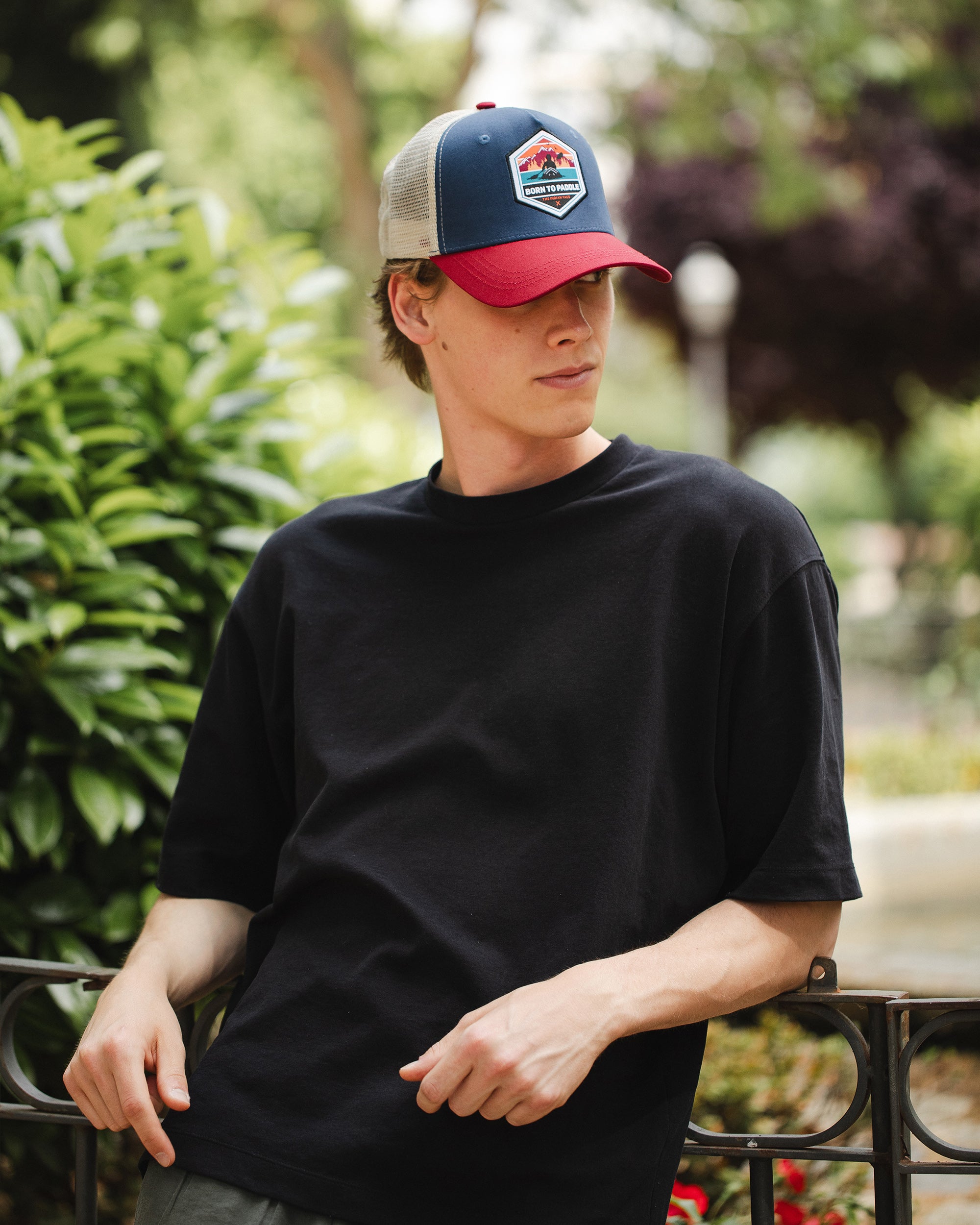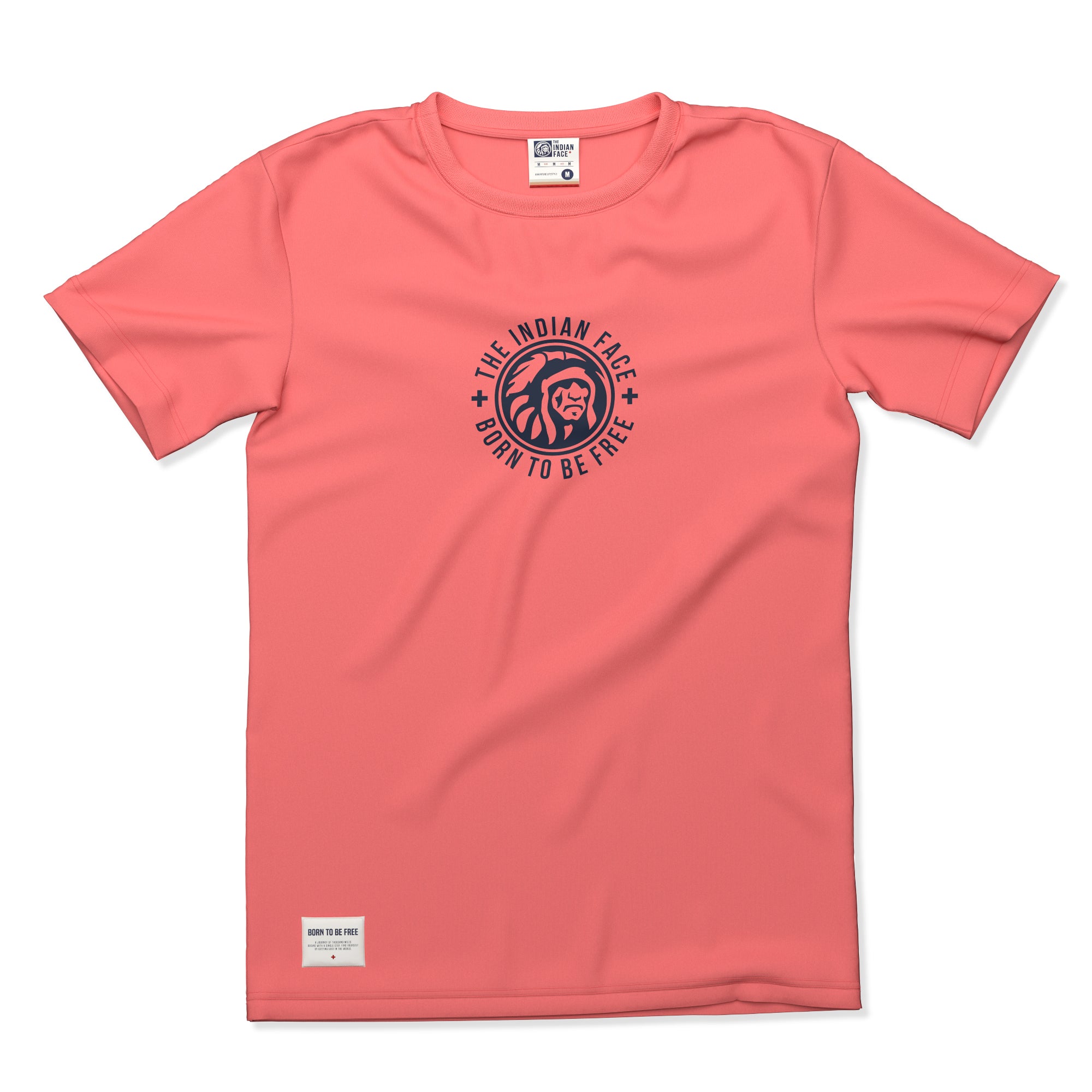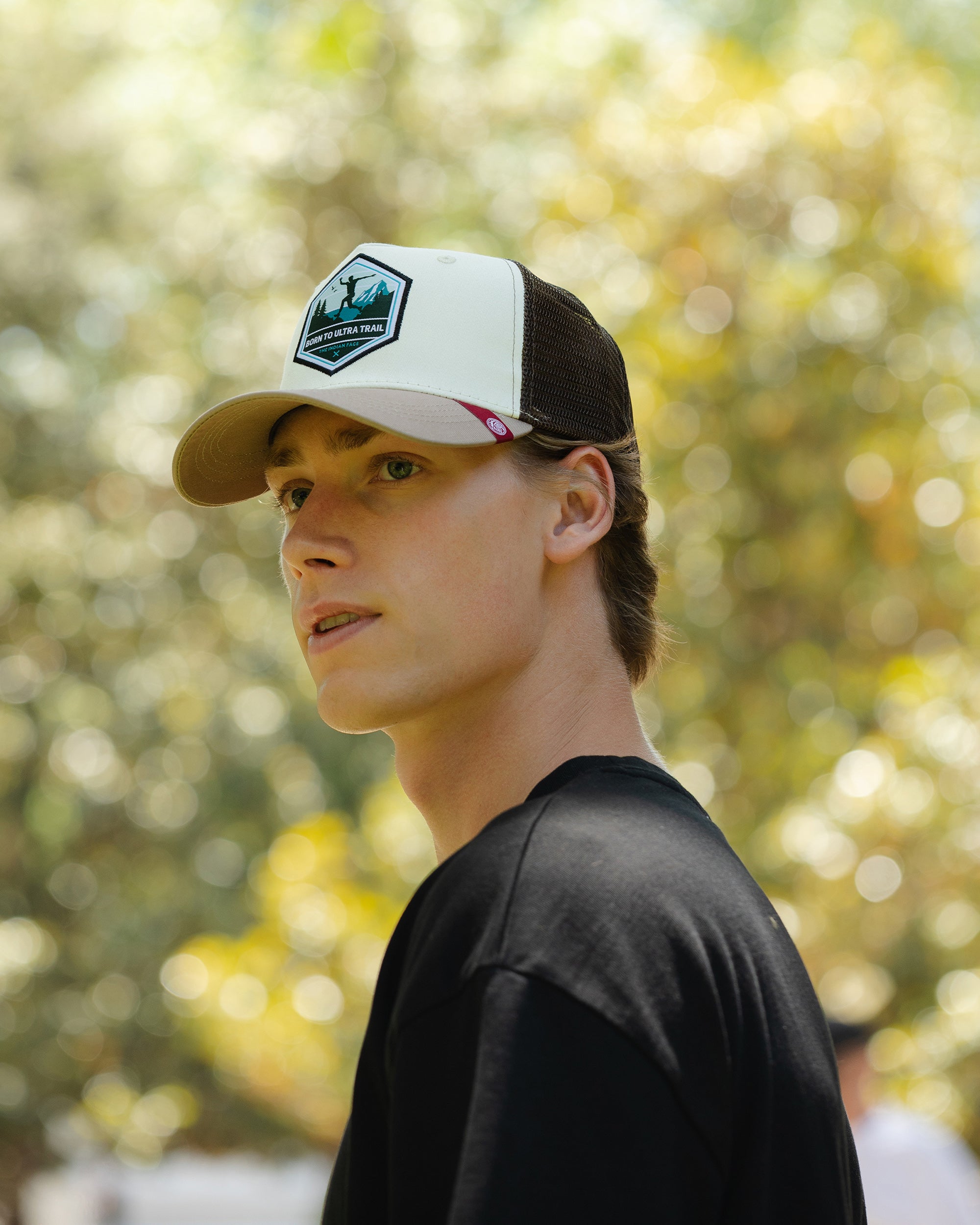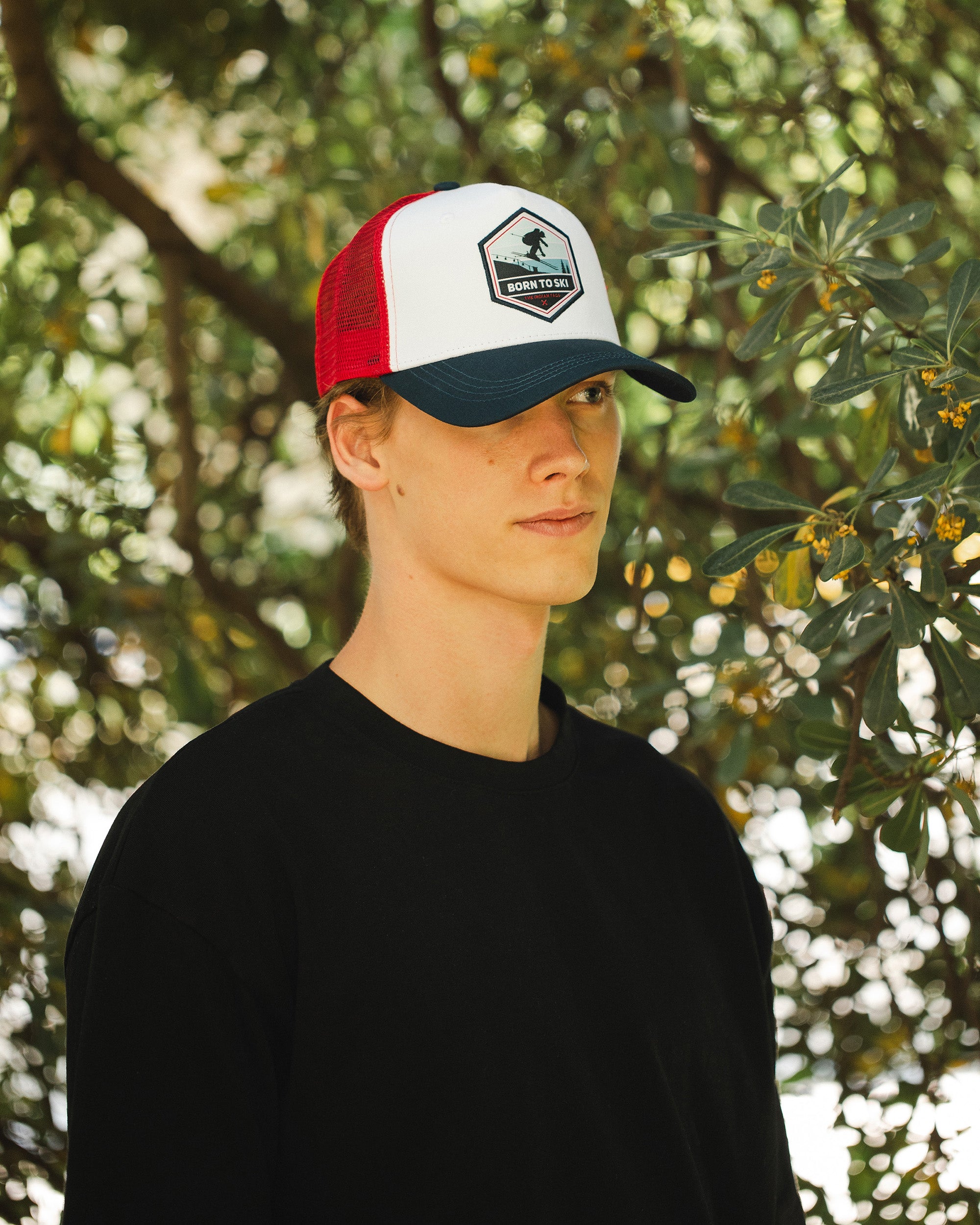WHY SHOULD I ALWAYS WEAR MY SKI GOGGLES?
There is no doubt that skiing is synonymous with fun, passion, and adrenaline. Skiing is indeed one of the most entertaining snow sports to practice and watch, because it really offers a wide variety of styles, jumps, moments of speed, spins, and tricks that make anyone's hair stand on end with excitement, but do you already know why you should always carry a good pair of protective ski goggles with you?
Carrying all the necessary equipment for the sport of ski in any of its forms is essential to achieve our goals, including good ski goggles. The lighting in snowy areas is very intense, especially during winter when the sun's position in the sky is lower, because the sun's rays fall with a particularly reflective and harmful angle for our eye health. This way, you will realize that the brightness on the snow comes from all directions, and that is why we must protect ourselves with our ski goggles, both on sunny and cloudy days.
WHICH SKI GOGGLES SHOULD I CHOOSE?
It is important to consider that your ski goggles comply with ISO standards to protect you properly and that they are certified by the CE meeting European safety standards. It is also essential that they cover your face properly including the side areas. The ski goggles will not only protect your eyes from solar radiation, but will also help your performance during physical activity, because they will improve your visual agility.
This is something we must keep in mind when choosing our ski goggles, not all are equally good, especially if you buy them from unauthorized stores. The recommendation is to buy your ski goggles in physical or online stores that offer options and models with the best materials and the best possible lenses.
Having good vision when practicing these snow disciplines will guarantee you better mobility and visual range. That is why it is important to choose the right ski goggles that fit our needs.
Looking for ski goggles with high technical performance that ensure better performance and flexibility when you practice in the most extreme conditions. The best thing is to invest in quality when it comes to ski goggles, and choose Premium products of the highest level.

WHAT ARE THE LENS CATEGORIES IN SKI GOGGLES?
In the market, we find different filter categories for lenses in ski goggles, ranging from CAT0 to CAT4. These numbers indicate how dark the lenses are and the amount of light absorption they provide, different from radiation absorption. CAT0 absorbs the least (they are almost transparent), and CAT4 absorbs the most (they are really dark, you cannot drive with them). Normally, if you don't have a special eye condition, for skiing or snowboarding, the ones you will use the most are category 1 and category 3.
- Category 0: Its light transmission filters from 80% to 100%. These lenses are almost transparent. They can be colorless or have a very light and soft color. Their use is mainly aesthetic or for practicing at night or very early before dawn.
- Category 1: Its light transmission filters from 43% to 80%. They are light-colored and ideal for use when lighting is low and to avoid discomfort caused by external brightness in almost any circumstance.
- Category 2: Its light transmission filters from 18% to 43%. They are moderately dark, suitable for medium lighting conditions.
- Category 3: Its light transmission filters from 8% to 18%. They have a dark enough color to feel fully comfortable under the sun, especially during peak hours. They have the ideal darkness level for outdoor sports when light intensity ranges from medium to intense.
- Category 4: Its light transmission filters from 3% to 8%. They are the darkest among all categories. They are used in lighting conditions where category 3 lenses are not sufficient for the skier.
FOLLOW THESE TIPS TO CHOOSE THE BEST SKI GOGGLES!
- Eye protection is essential. Your ski goggles must have 99% or 100% protection to truly protect you.
- Make sure they have UV-400 protection. This filter will fully protect you from UV rays, including UVA and UVB rays. This means your ski mask or ski goggles will block ultraviolet rays with a wavelength less than 400 nanometers.
- Opt for ski goggles with interchangeable magnetic lenses. This will allow you to use the perfect lens according to weather and lighting conditions, and thus choose the category that suits you best instantly, as you can easily swap lenses during the action.
- Look for ski goggles that have an “Antifog” or “Anti-fog” system. They will help you avoid fogging when you need it most.
- Choose ski goggles with an internal ventilation system. If they have anti-fog technology, they will allow progressive air recirculation and guarantee better visibility.
- Get ski goggles that fit your face properly. They should have non-slip straps to secure them well to your head and to the helmet.
- Choose lightweight ski goggles . Materials like thermoplastic polyurethane will help you carry the highest quality and lightness.

DISCOVER MORE ABOUT SKIING AND ITS MOST POPULAR DISCIPLINES!
If you are just starting in this sport discipline, you might be a bit fearful, still getting used to walking on snow and easily carrying all your equipment by hand, and surely right now you have a lot of respect and caution about gaining speed. However, we firmly believe that practice makes perfect and it will only be a matter of time before it feels natural to put on your skis, grab your ski goggles, and get ready to tame the snow filled with pure adrenaline.
Skiing is a whole adventure, and as such, there are many ways to experience and enjoy it, from skiing on the easiest slopes to practicing the most demanding and professional varieties. Here we briefly explain the main skiing disciplines you can practice!
Although there are many categories and varieties of skiing that change from region to region, it can be said that the most popular skiing disciplines are: alpine skiing, cross-country skiing, ski touring, freeride skiing, speed skiing, and freestyle skiing. Keep reading to learn a bit more about them!
ALPINE SKIING
Alpine Skiing gets its name from the Alps, because it was in this region that it originally began to be practiced. It is one of the most classic and popular disciplines of this sport, and that is why it is simply known as “skiing.” It is based on descending on skis on snow following a course marked with red and blue flags (called gates) in the shortest possible time on steep mountain slopes.
What are the Alpine Skiing disciplines?
- Downhill: is a three-day competition, with the last day being a test at dizzying speeds.
- Slalom (slalom in Norwegian): is a short course; the experts' favorite. Its track is the shortest but has many gates distributed along the route (between 55 and 75) with distances between 75cm and 15m. The turns on this course are tight and usually quite challenging.
- Giant Slalom: Two descents are made per course; it requires the skier to have a lot of experience in making turns at high speed. This discipline reduces the distance between gates to a minimum of 5m. It also reduces the number of gates compared to Slalom. The lowest sum of both run times determines the winner in competitions.
- Super Giant Slalom (Super G): combines speed with precision and agility. It consists of a single run; the winner is the one who completes it in the shortest time.
- Parallel: involves two simultaneous descents on a short course. This discipline is especially interesting because the winner is the first to cross the finish line, making it truly exciting.
- Combined: consists of two parts, one slalom and one downhill (independent, but two runs - heats - in the same day). It requires greater speed and precision techniques than the rest. The competitor with the lowest sum of their two best times is the winner.
Alpine skiing is the most practiced and is surely the first one you started or will start in this sport. Remember that it is a discipline you should not do without the correct equipment and good ski goggles.

CROSS-COUNTRY SKIING / NORDIC SKIING
Cross-country skiing is known by many names: Nordic skiing, cross-country skiing, or cross-country skiing, but they all refer to the same discipline. It is based on covering long distances at high speed in the shortest possible time, on flat and rolling terrain or with moderate slopes. Nordic skiing disciplines:
- Classic Nordic Skiing
- Nordic Skating Ski
- Biathlon
- Ski Jumping
- Nordic Combined
SKI TOURING
It is a ski discipline that combines alpine skiing with mountaineering. It is not carried out in marked or prepared areas. Both ascent and descent are done as a hike. Excellent physical condition is necessary for mountain ascent and descent in this ski discipline.
FREERIDE
It is a ski discipline performed off-piste, especially designed for free spirits. It seeks not to follow a marked route, so the skier is free to choose where to move. This makes it especially exciting, as we can choose our own path and appreciate the landscapes found there. It is practiced on virgin mountains where there is powder snow, natural obstacles, and considerable slopes for its practice, so it includes certain risks and a lot of adrenaline in the action. It is intended for skiers with a lot of experience in the sport.

FREESTYLE / FREESKI
This is one of the most spectacular forms of ski, both as a skier and as a spectator of a competition, since participants perform many acrobatics, jumps, and spins. It was originally conceived as a form of fun, although today it is a recognized snow sport. It includes high jumps and obstacles (bumps and mounds) for performing acrobatics. Freestyle or freeski disciplines:
- Skicross
- Big Air
- Half Pipe
- Ski Aerial
- Mogul
SPEED SKIING / SPEED KILOMETER
Speed skiing is a sport discipline that consists of descending a slope to reach the highest possible speed on 1km tracks specially designed for the sport. Usually, speed skiers exceed 200km/h and tend to wear suits made of polyurethane or latex, and wear special aerodynamic helmets, bent or inclined poles at least 1m long, and skis no longer than 2.4m and 10cm wide. Speed skiing became famous in 1930, in a competition held in Saint-Moritz (Switzerland), although it is currently not considered an Olympic sport discipline.

Now that we know a little more about the ski styles and which are the best goggles you can get for this sport, you are closer than ever to going out and enjoying the action on the snow as you truly deserve. Remember that extreme sports require a lot of physical and mental preparation, as well as the best sports equipment.
Practice a lot and prepare very well for the adventure with some good ski goggles in any of their styles!




